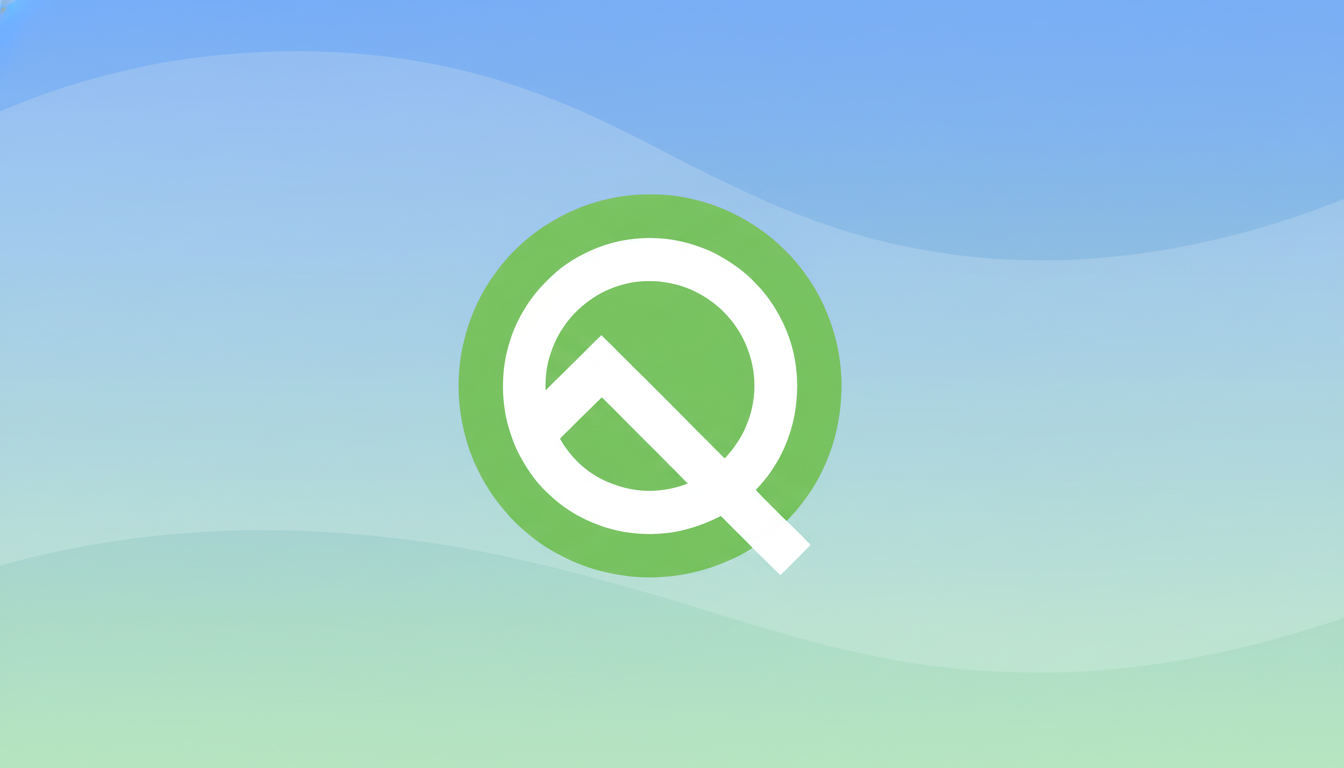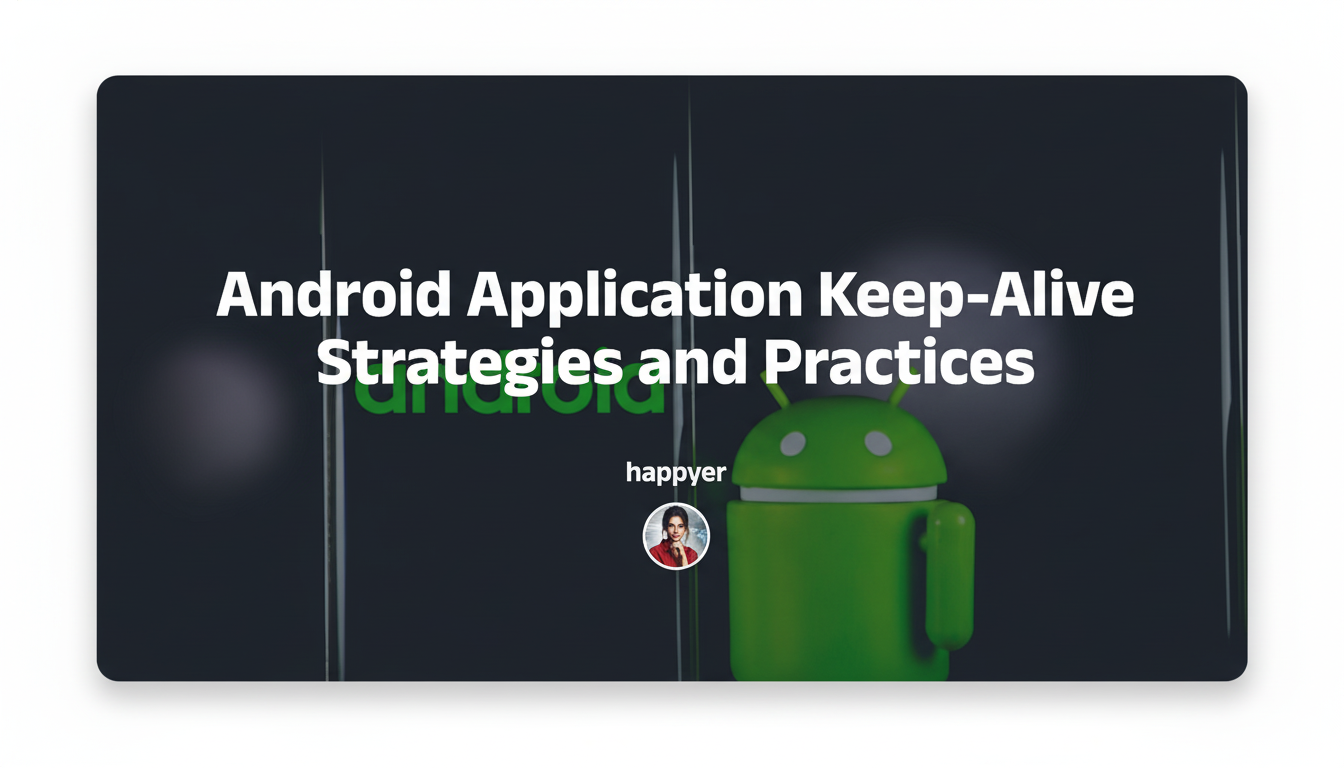Google’s planning a dedicated leap for tablet multitasking in Android Q next week, judging by its posting on the issue tracker and a new resource commit spotted in recent changes to the Android source code.
If you’re already skimming through lists of Google I/O schedule planners and not finding much grip right now, take comfort knowing we recently discovered evidence it will come in the form of a new gesture that can pop any app into a small floating “bubble” window. The upgrade is meant to make it possible to juggle apps on tablets in a way that feels more like migrating between windows on a desktop than the current state of affairs, which tends to feel like running a stretched phone.

How the New Gesture Is Compounding on Android Tablets
Strings along with animations found in the Pixel Launcher’s taskbar tutorial indicate that users will be able to drag an app icon toward the bottom corners of the screen in order to “float” it.
The animation demonstrates a move you might be familiar with: start a drag when launching something from the taskbar, like going full screen or split screen, and continue into the corner to spawn a compact bubble window rather than half of your desktop.
On phones, bubbles have largely been the province of chats. On tablets, it seems like Google is extrapolating that model so a browser window, notes app, calculator, calendar, or translator can float above what you’re working on. Combined with the taskbar and current bubble bar, two-app limits soon start to look like three or four surfaces that you can get some real work done on, especially down at 11 inches or thereabouts where full windows begin to feel cramped pretty quickly.
That’s crucial, because this model of interaction is a close cousin to how other tablet multitasking gestures operate: drag from the taskbar, drop into an area, obtain a predictable result.
It’s a cleaner fit than previous experiments, which hid the feature behind buttons in the home screen or recents menu.
Why It Matters for Tablets and Foldables
Android has added a taskbar, improved drag-and-drop, and desktop-class windowing in recent releases, but the flow stalls when you need a tool shelf for reference or temporary tasks. Floating any app could be that missing middle between picture-in-picture and full split screen. Think: pin a small notepad window while sketching, keep a timer above a study guide, or check your calendar without covering up your document.
The timing is also strategic. Android tablets, according to IDC, combined for greater than 60 percent of global shipments overall, but way too many owners are content with nothing more than an overgrown remote control. Bubbles for all apps could reduce friction and inspire a sense of focus while multitasking or performing light productivity (like context switching), and make large Android screens feel more like they’re being put to use by students, remote workers, and creators.
Foldables stand to benefit, too. It can be awkward to show full multi-window on the smaller outer display; launching a bubble for quick reply or reference saves the continuity without a full layout shift.

A Step Toward Android PCs and Rich External Display Modes
Google has shown interest in Android PCs and richer external display modes. Lightweight, airy floating windows are a natural step in that direction. They make real parallelism possible without needing to slap full desktop semantics in your face and overwhelm you with complex multi-window interactions like early freeform windowing attempts on phones, while being able to scale up when attached to a keyboard, mouse, or large monitor.
Look for closer integration with the taskbar, keyboard shortcuts, and external screens. Drag-and-drop between windows, clipboard enhancements, and per-app window size memory could combine with a polished bubble system to make Android more palatable not just on the couch, but on the desk.
How It Compares to iPadOS Stage Manager and DeX
Apple’s Stage Manager brings overlapping windows to iPad, and Samsung DeX provides a desktop-like shell with resizable windows. Google’s direction is different: bubbles are lightweight, floating, ephemeral, gesture-first. It is a decision that prioritizes dynamic tablet ergonomics over fully baked desktop metaphors, but it also addresses the perennial problem of “just one more app” distraction.
If Google gets window controls, quick snapping, and consistent input focus right on a desktop interface for Chrome OS, then bubbles could be positioned as a signature Android tablet feature instead of just trying to keep up in the world of me-too desktop clones.
What Developers Should Watch for Floating Bubbles
Under the hood, that’s relying on the Bubbles API, activity embedding, and Jetpack WindowManager. Apps that claim resizable activities, support multi-instance, and handle narrow widths will shine as bubbles. Edge cases demand consideration: camera sessions, secure content, video playback, or accessibility services all need to work predictably in a floating context.
There’s also a performance angle. Devices with mid-range processors or mediocre RAM might be able to run a few bubble instances simultaneously. So: profile for startup and memory usage, ensure background work is efficient enough not to trigger the watchdog, and avoid aggressive process kills that could make bubbles feel unreliable and drain battery.
Arrival Window and Reality Check for Tablet Bubbles
“Tutorial strings are not often shipped around features that never get used, but things can change.” With animations and taskbar education, the hint is that Google plans to get it into users’ hands for a live test, perhaps part of its once-every-90-days platform release schedule where larger screen improvements are concerned.
For users, the promise is simple: less friction to maintain a second, third, or even fourth app on screen — without having to entirely rethink your layout. For Google, it’s a sensible step toward making Android tablets — and eventually an Android PC experience one day — feel fast, fluid, and finally worthy of serious multitasking.

